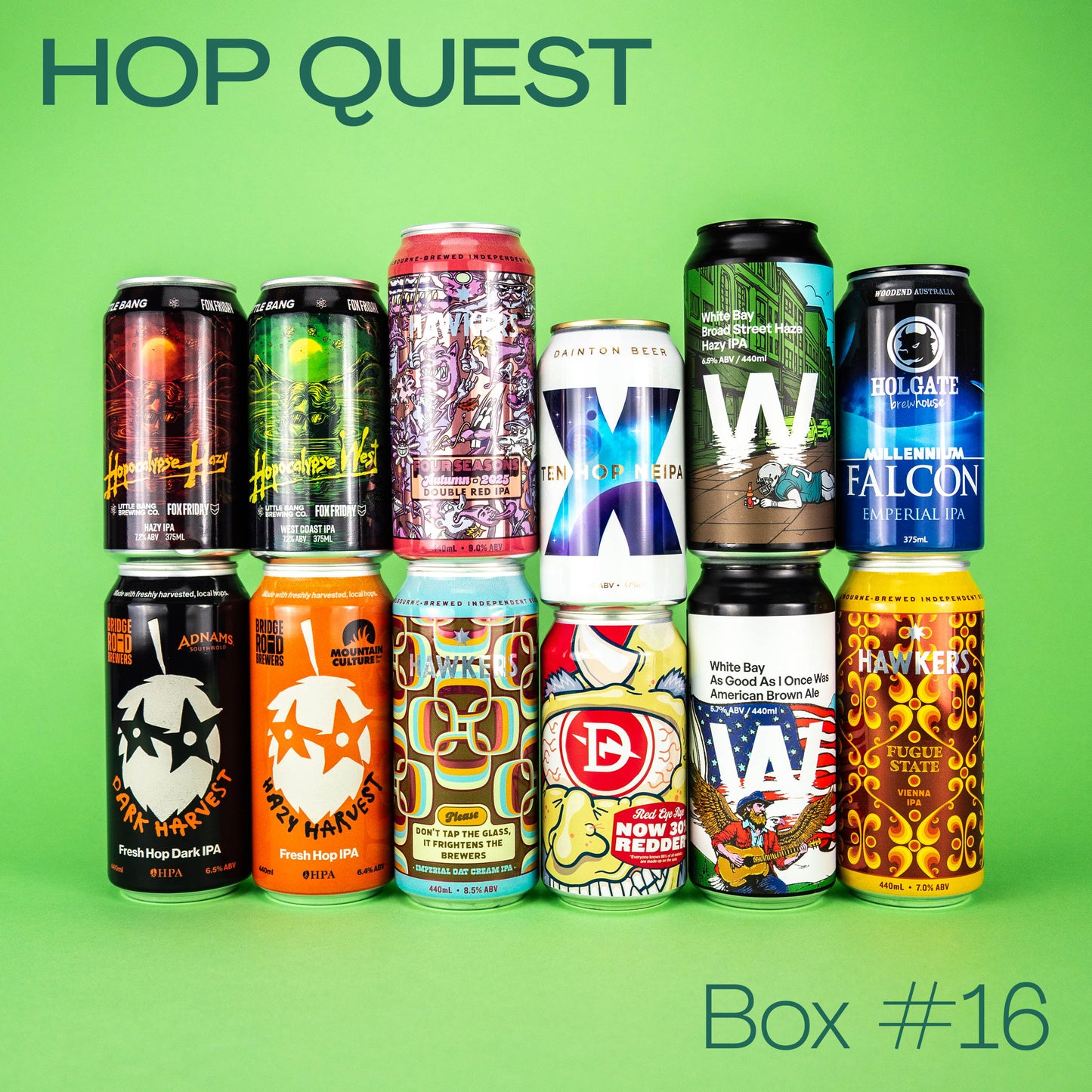The role of hops in beer varies greatly depending on the brewer’s desired outcome. Alpha acids provide the bitterness, shapeshifting in the high temperatures of the boil to produce a bitter compound that is desirable in certain styles. Most modern IPAs tend to have a solid hit of this bitterness, but also more volatile and fruity or floral notes to balance the punchy alpha acids. How do brewers keep these lovely aromas and flavours from evaporating in the boil – enter dry-hopping!
Back in the day, British brewers threw hops into casks just before they hit the road – the first ever dry hopping! These days, dry-hopping means adding hops any time after the wort cools down, either during fermentation or conditioning. This way, we get all those volatile goodies without extra bitterness, since the alpha acids chill and hold their shape at lower temperatures.
A concern for those unfamiliar with dry hopping is the lack of sanitisation of the hops by temperature before being thrown into our developing liquid gold. Luckily, hops are natural germ-fighters and make a terrible home for potential infections. Plus, with yeast gobbling up resources during fermentation and the beer’s high ABV and low pH post-fermentation, contamination is rarer than Nick Daicos getting pinged for holding the ball!
The volume of hops tossed in decides the difference between a gentle tropical breeze and a hoppy hurricane. Range have explored this in their G/L series, keeping the recipe the same but changing the dry-hop volume. You really get a feel for it tasting them side-by-side!
From old-school casks to high-tech hop cannons (seriously, Google it!), dry-hopping is the key to those irresistible intricacies of hoppy flavours we can’t get enough of!
What to explore DDH brews further?
Shop Carwyn Cellar's full range of double dry hopped beers!




